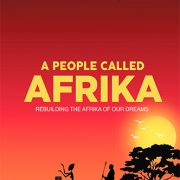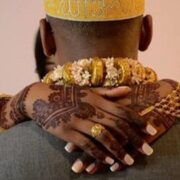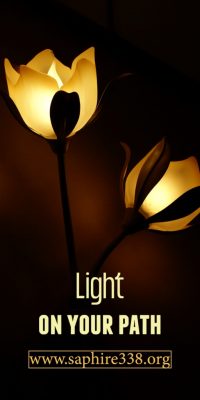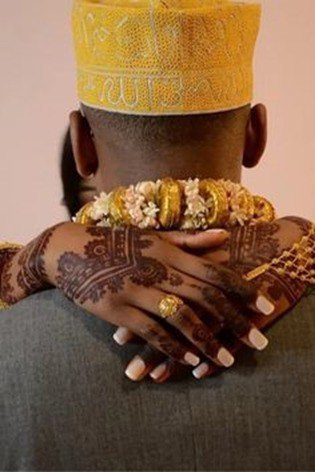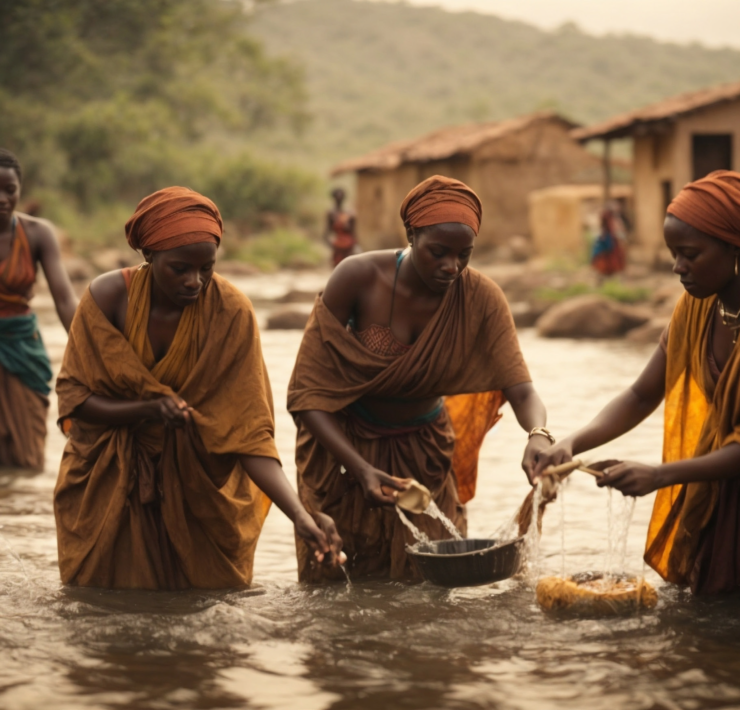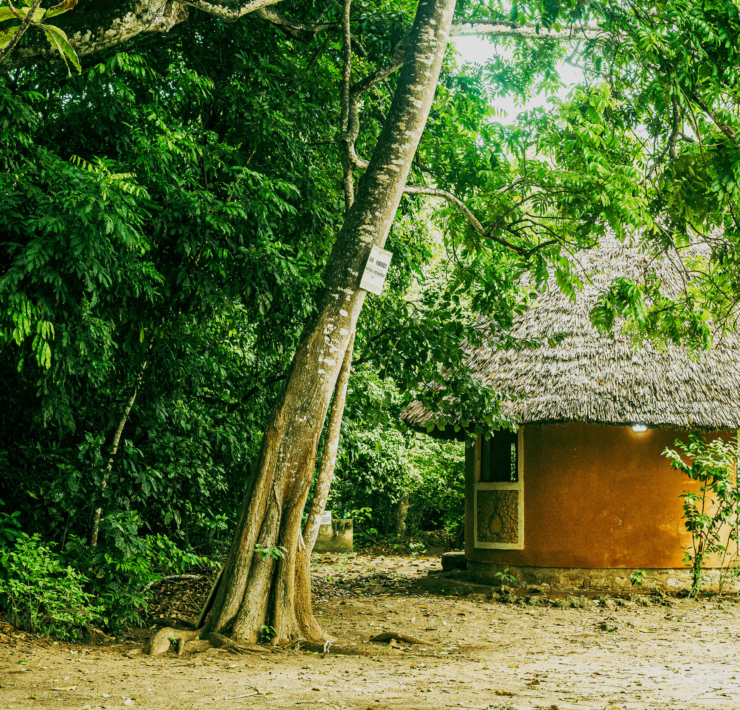
Mr. Wanyama Ogutu is a scholar in the Master of…
Read Next
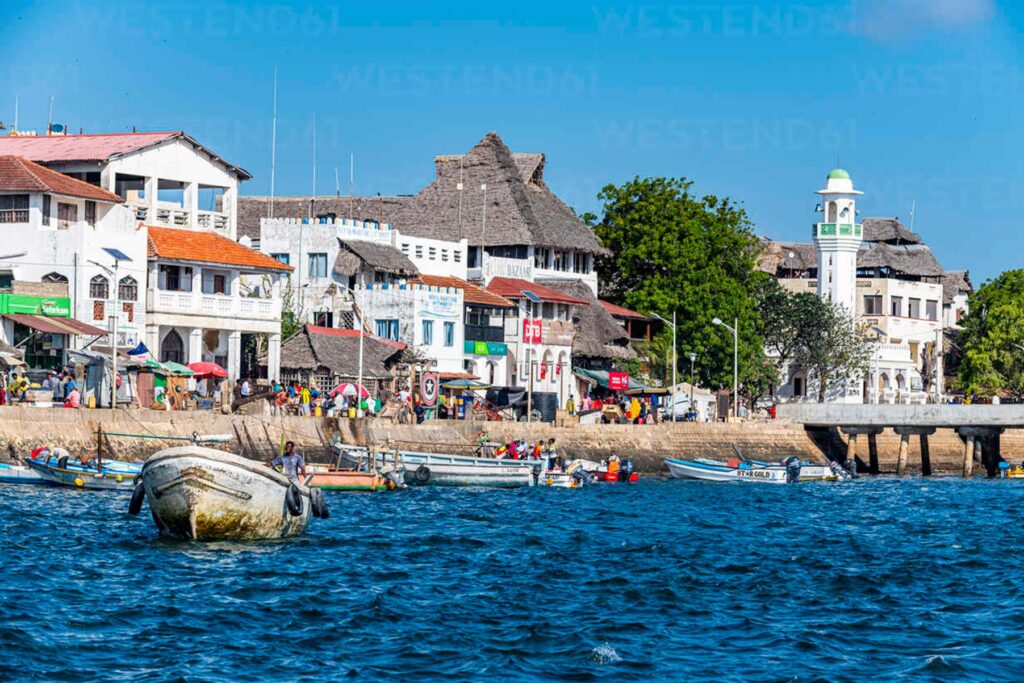
The Lamu Tamu (island) has an impressive picturesque landscape for impressionist artists such as Édouard Manet, Claude Monet, Edgar Degas, Auguste Renoir, and Camille Pissarro. It has an astonishing linear perspective of Swahili buildings, mosques, restaurants, and hotels. On the opposite side is an atmospheric view of the sea with some varnishing of boats and a forest of mangroves. A crowd of women dressed in brightly colored buibuis’ and hijabs’ strolls slowly in pairs taking in a low tone. The men are walking looking up wearing kanzus, vikoi, long-sleeved shirts, and Islamic capes. I disembarked from the mashua (a traditional large triangular sailboat) and stumbled upon a mischievous one-eyed boy who was hawking at me. He stuffed his mouth with Gomba (chewing gum), Muguka, and Miraa (Khats’) while puffing off the smoke of bhang (Cannabis sativa). He smelled rotten fish and the stench of bhang smoke. He quickly noticed me and grabbed my bag, but I held it tightly fearing a robbery. The one-eyed boy was stammering heavily in broken French, English, and Swahili. He talked shaking his head and throwing his hands in the air fighting mosquito oozing in his ear. He struggled to pronounce various historic sites I needed to visit. Finally, the boy yelled loudly, Mr Chairman Sir! The stutter could not allow him to utter words like “accommodation” instead he stuttered “abduction”. I got more scared trembling my lips in Jehovah prayers. Suddenly, an old man showed up and shouted at him, “Mwache we fala!” (Stupid! Leave him alone). The boy disappeared into the bustling crowd shamelessly looking down. The old man introduced himself as Mzee Bakari, a retired civil servant who had worked in Tanzania, Mombasa, Malindi, and Zanzibar. He welcomed me to the resort two hundred meters away from the sea.
I stayed in a Swahili house converted into a resort hotel. It was named “Tausi Kipenzi Resort”, a colorful peacock bird that is superior among other birds. The Resort is a few Jumba la Swahili (Swahili houses) with spacious rooms and an atmospheric view of the sea. It featured large Bajuni carved doors coated with limestone coral walls. It had a wide baraza (veranda) next to the door steps where the visitor rested. Inside the Tausi Kipenzi Resort were large corridors and staircases that led to vijumbas (upper rooms). Other sections of the room were cemented with a white plaster. The walls were engraved with arches and semi-circle patterns. The Swahili furniture and ceramic items were placed strategically in every corner. The beds, stools, chairs, and cabinets were designed with floral and arch-shaped patterns. The furniture was carved with geometrical shapes and relief lines inspired by the Arabic style. It had a prayer section roofed with a dome shape and a floor carpeted with floral patterns. The room had an arch-shaped stool where the Quran was placed. In the far corner, there was a Swahili washroom in a dome shape with a toilet and a bathroom. The washroom had a small container made from coconut shells and a mangrove stick handle. The kikao (large courtyard) had four erected pillars that formed an arch shape. The doors and windows took the semi-circle and arch shapes. The ray of sunshine beamed through the doors and windows brightening the kikao. The Jumba la Swahili belonged to the royal family or wealthy traders from Oman, Zanzibar, and Istanbul.
Mzee Bakari gave me a room on the fourth floor adjacent to the baraza (outside veranda). Most of the time I enjoyed a perspective view of the calm sea, a linear of Lamu architecture, the green vegetation of Pate Island, the take-off of aircraft in Manda Island, and the docking of ships in Lamu port. I watched a mashua gliding across the water carrying passengers and LAPSSET government projects connecting Lamu with other regions. Occasionally, I could hear an engine boat roaring speedily and splashing out waters in the distance. Most of the time, the room was hot and I stood at the baraza in my white vest and kikoi greeting a refreshing breeze from the sea. The vest helped to regulate my body temperature, and the kikoi kept my lower half cool. The sebule (bedroom) had a notable six-by-six bed made of carved mangrove wood with a rhythm of floral design. The bed had a specific name, pilipili, which is a Swahili word that means green chili pepper. The bed has a top rear part of the bed resembles how the chilies actually grow on a real tree. Far in the corner, there was a two-by-four bed made of coconut leaves called ushutu. It was used by pregnant mothers and a woman nursing a baby. Opposite ushutu was bembeya (a swinging baby carrier) made of mangrove wood wrapped with pieces of leso and kikoi.
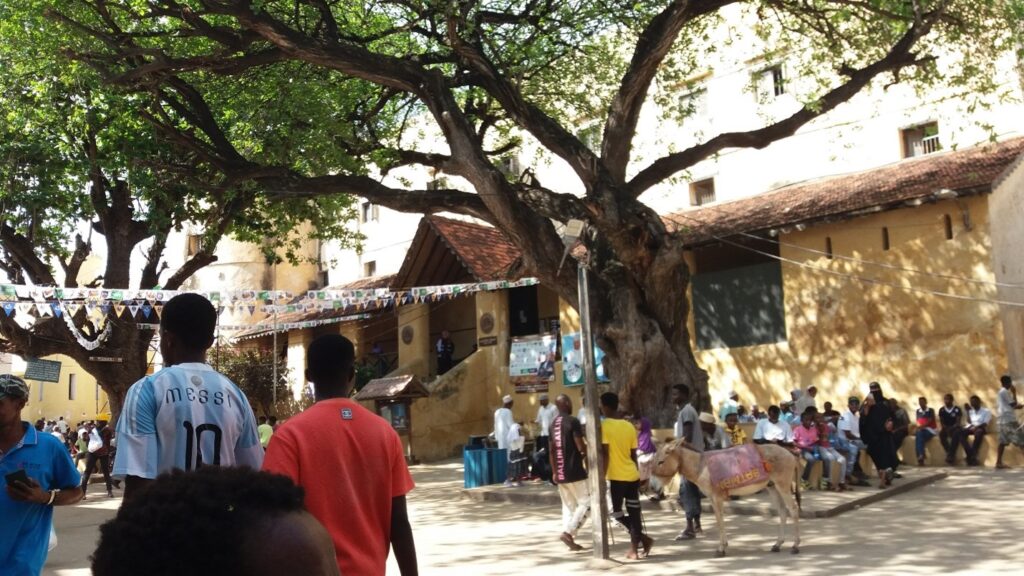
I reclined on the pili pili bed with my stomach facing down, then turned right, rolled left and eventually l was asleep, dreaming vividly. Abruptly, l heard a hard knock on the door and sprinted out of the pili pili bed. Mzee Bakari was at the door waiting to take me for breakfast at the sea of Lamu Island.
The sunrise warmed the calm sea causing sparkles of light to dance on the mashuas. Fishermen emerged from the sea carrying buckets of fish, while passengers were still sailing on mashuas. People jovially exchanged cock crow Islamic greetings “As-salaam alaykum ” with one another. A small crowd of men enjoying cups of kahawa tungu, kahawa tamu, and chai ya mwarabu. They hold pieces of viazi karai, mitai labania, kahimati, mahamuri, and keki ya wali (Swahili breakfast). Bakari instructed the man serving breakfast, “yu mgeni wangu mtafiti chuoni mpe chai kaka!” (he is my visitor and a scholar from the university). He quickly served me with wali wa keki, viazi karai, mitai labania together with kahawa tamu. I sat at the edge of the sea placing my toes on the waters. Mzee Bakari joined me with kahawa tungu anda fullplate of mahamuri. He reminded me of my research educator: Dr. Antony Ngondo, a generous man, kindhearted, friendly, and full of knowledge of Swahili culture. Mzee Bakari spoke fluent Swahili like Dr. Ngondo mixing Arabic and English. Told me stories of the Lamu Archipelago wars between Sultan Oman and Portuguese in Lamu. He also expressed frustration with Wabara (foreign people from the coast of Kenya),Italians, and Chinese for interfering and belittling Swahili culture. At lunchtime, Mzee Bakari took me to the famous Mama Rukia Swahili Dishes a hundred meters away from the breakfast café. She had three beautiful daughters serving delicious pilau, biriyani, mandi, samaki wa kupata, mbaazi wa nazi, kamba wa nazi, achari wa birimbi samaki kamba, maharagwe wa nazi and chapatti ya mswahili (Swahili cuisine). The lovely girls had draped themselves with flowery lesos’ and kangas’ written, DAWA YA MUME MPE CHAKULA. They had pierced their noses and ears with sparkly rings from Swahilis of Pate Island. The place was full of men and many never left Mama Rukia’s Dishes without a return.

I reached out to Sir. Uhuru Aswad a follow-up on his photography exhibition of Lamu’s old town, racing donkeys, drumming, and various sports activities on social media. Our phone conversation made me think that Uhuru was a distant relative of retired Kenyan President Uhuru Kenyatta. I admired his good command of English. The day I met him, l was standing at the entrance of the Lamu Forte Museum under mkuyuni tree. It is a famously Swahili gathering centre of Lamu Island. He said over the phone that he couldn’t see me at mkuyuni. I turned backward and saw a fair senior man standing before me. He wore a yellow Michael Jordan sports vest, a pair of blue polyester shorts, and Maasai sandals. He had a red cap written TUPAK that hid his dreadlocks. His eyes were covered with translucent sunglasses. When he pronounced “WANYAX ARTS!” (my artistic name), l spotted some missing and broken stained teeth. He had a long tongue too like the lizard with red spots. When he removed the cap to scratch his scalp, gosh! Uhuru was a bald man. His few white hairs were rolled into long dreadlocks. I got scared but pretended to be strong. He immediately embraced me warmly and threw a few welcoming words in English. Everyone relaxing at mkuyuni greeted, “Satan!”, “As-salaam alaykum” (Satan is his popular nickname in Lamu island) and responded with a gracious smile. He introduced me as a renowned scholar from the university. I affirmed his sincere introduction with a thank you to him in Swahili. It is said that a child on the back of an African woman doesn’t know the journey is long. Satan took me through key historic places on Lamu Island. He furnished me with insightful information about the Swahili culture. He guided me through vichochoro (pathways) which were densely populated with old Swahili houses, Swahili galleries, old shops and vibanda (small shops), and the graveyard of the Sultans. We mingled with a group of young and old women dressed in colorful buibuis’ and hijabs. We greeted old and young men wearing white kanzus with Islamic caps, a pair of shorts, vikoi, and sports t-shirts. We stood aside to pave the way for donkeys carrying luggage. We edged against vichochoro walls to let a man riding a donkey pass on a swift. We spotted a pack of dogs with sympathetic eyes lying on the Bajuni’s doors. We saw a clowder of cats perched on the coral stone windows meowing at fishermen with a bundle of fish. We waved at Mama Korosho and bought barafu (cool fruit waters)from small girls calling out barafu sales along the vichochoro. We refused the offer of Korosho (cashew nuts) from some beautiful ladies sitting in the baraza. The Swahili ladies courteously responded with bursts of laughter throwing backs up and down they danced ngoma za vugo (a Swahili dance that shakes a woman’s back). At one point we watched a teenage boy and girl flirting in the kichochoro. Satan whispered that teenagers get married at a lower age of 13 as long as their parents approve. Finally, we reached Satan’s home, another Jumba la Swahili. END OF PART TWO
Subscribe now for updates from Msingi Afrika Magazine!
Receive notifications about new issues, products and offers.
What's Your Reaction?
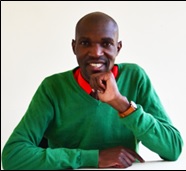 PIN IT
PIN ITMr. Wanyama Ogutu is a scholar in the Master of Arts (Fine Arts) program at Kenyatta University. He is also a practicing visual artist specializing in drawing, painting, and sculpture within, Nairobi, Kenya. He focusing in Painting with its’ philosophy, education and extension to Africa contemporary Art. Most of his artworks focus on interaction, environment, and education. Wanyama has a passion for fine art research; its philosophy, development, and relevance. He writes on profound academic topics, where he has presented and published in international journals and conferences around the world. He is a consultant in innovation and creative strategy on issues affecting our society. He is currently a part-time teacher at some TVET institutes within Nairobi.









